no place in the province is more than 50 miles
“Dipping into Nova Scotia’s abundant waters”
from the coast
by Walter Nicklin of the Washington Post

West Head & the Southwest Nova Biosphere Reserve
We are located within the Southwest Nova Biosphere Reserve, a part of the province that was designated a UNESCO Biosphere Reserve in 2001, receiving protections for its “intact ecosystem structures, processes and functions.” This biodiversity hotspot features a wide range of terrestrial and aquatic ecosystems. Check out the Fall 2022 SW Nova Biosphere Reserve Newsletter for stories and updates about local natural features and communities.
Our home is located on a point called West Head, jutting south into the Atlantic Ocean. in 2022, thirty-five hectares at the tip of West Head was donated to the Nature Conservancy of Canada, ensuring that it will remain “in its natural state in perpetuity.” West Head’s warm microclimate means you’ll find unusually mild weather year-round. The point is on the path of many migratory birds, and this part of the province is a birder’s dream. The Sable River Bird Sanctuary is one of a number of migratory bird sanctuaries nearby.
The area around West Head is largely peatland. Peat is soil that accumulates from decaying plants in areas where water is slow moving, which prevents oxygen from reaching the plant material.
Peatlands are a type of wetland which are critical for preventing and mitigating the effects of climate change, preserving biodiversity, minimising floodrisk, and ensuring safe drinking water. Peatlands are the largest natural terrestrial carbon store. They store more carbon than all other vegetation types in the world combined.
International Union for Conservation of Nature and Natural Resources
Peatlands store massive amounts of carbon, as well as other biological records, for thousands of years. Because of its immense ecological value, many peatlands are protected and other regions are actively campaigning to prevent the removal of peat. Canada is home to around a third of the world’s peatlands, according to the Canadian Wildlife Federation.
Although there aren’t many homes left on West Head today, it was settled for several generations by families who played a role in the historically important fishing industries of the area. The 2013 documentary Trapped is a portrait of Lockeport’s fishing community.

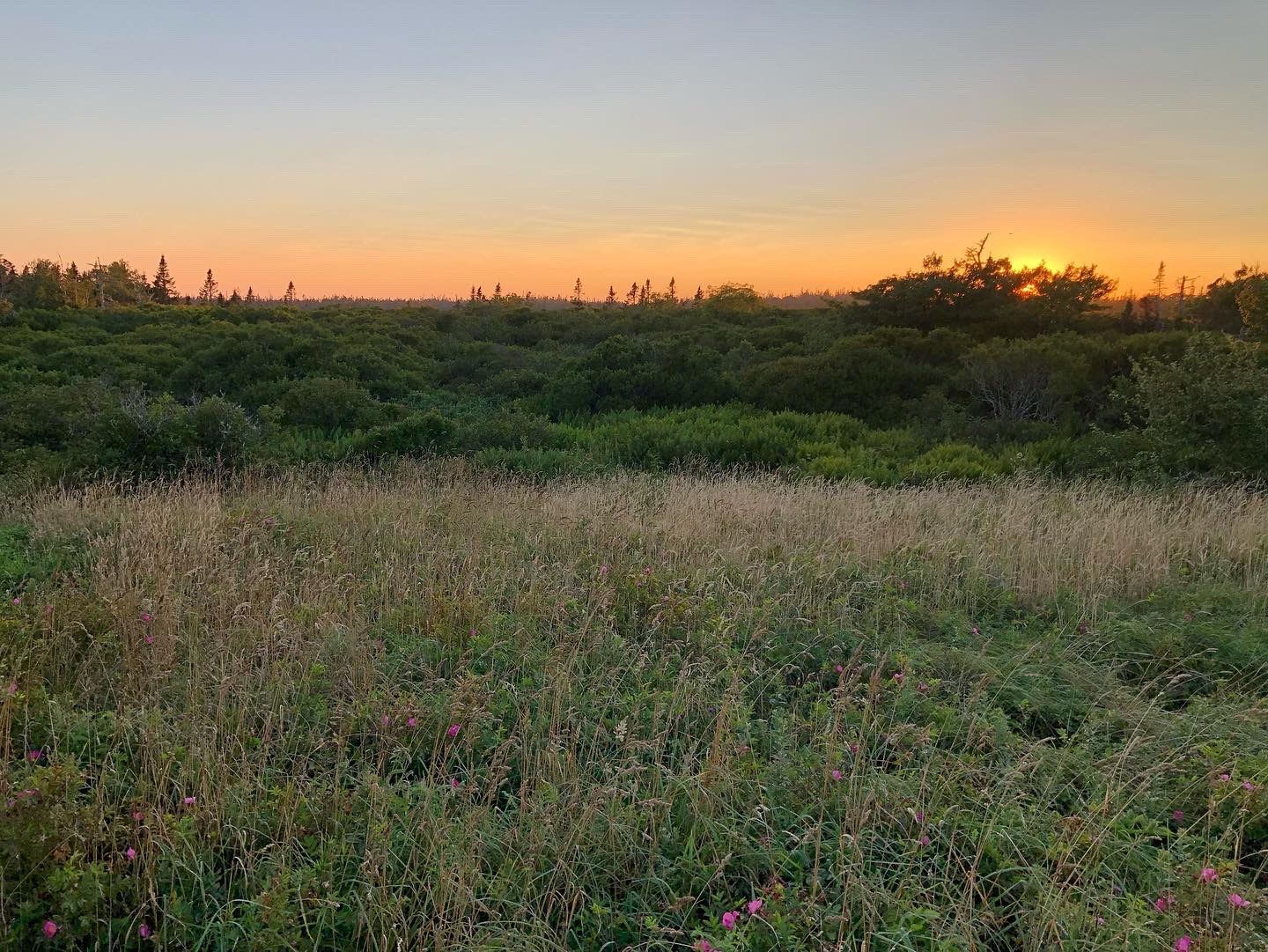
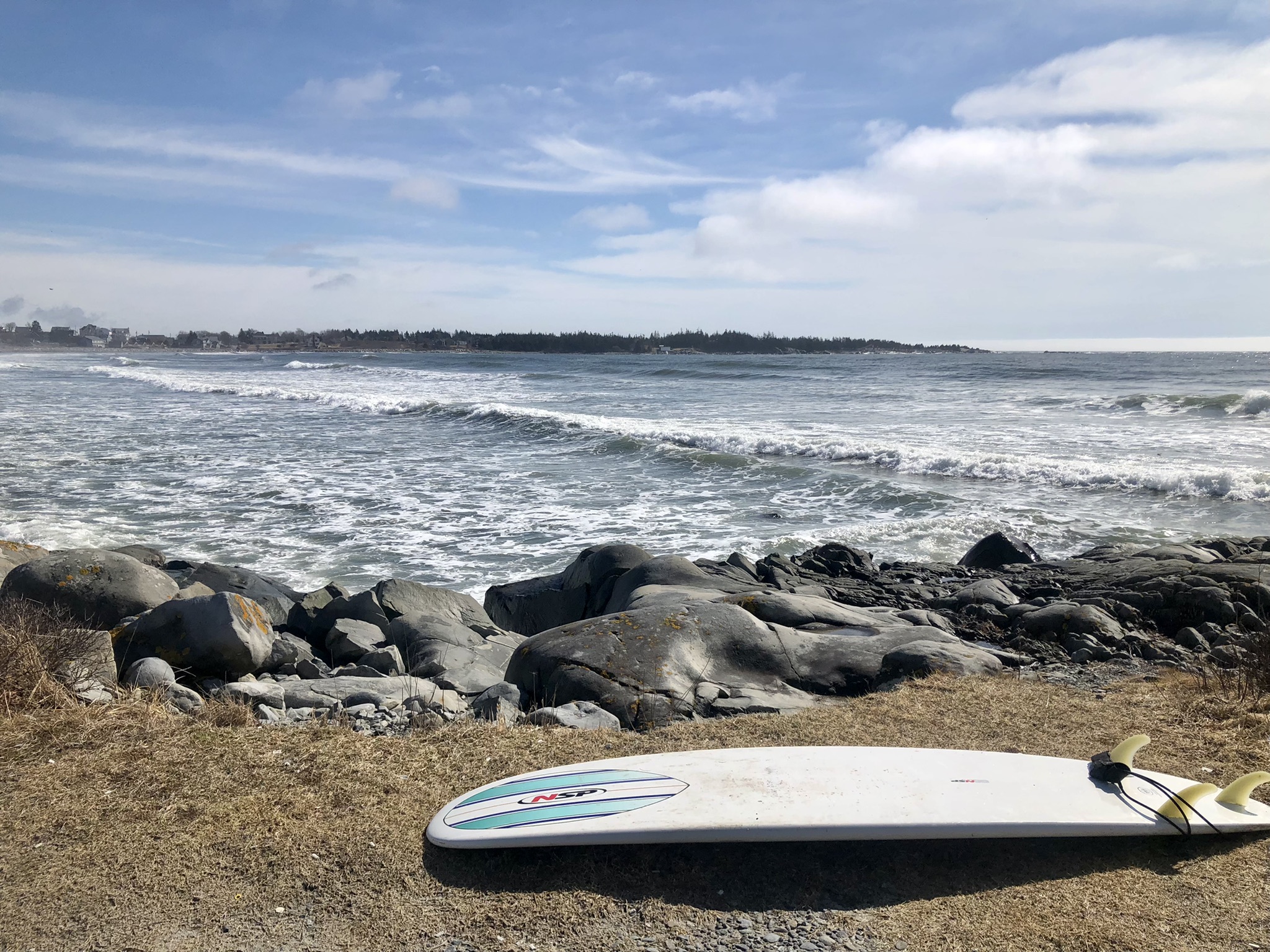
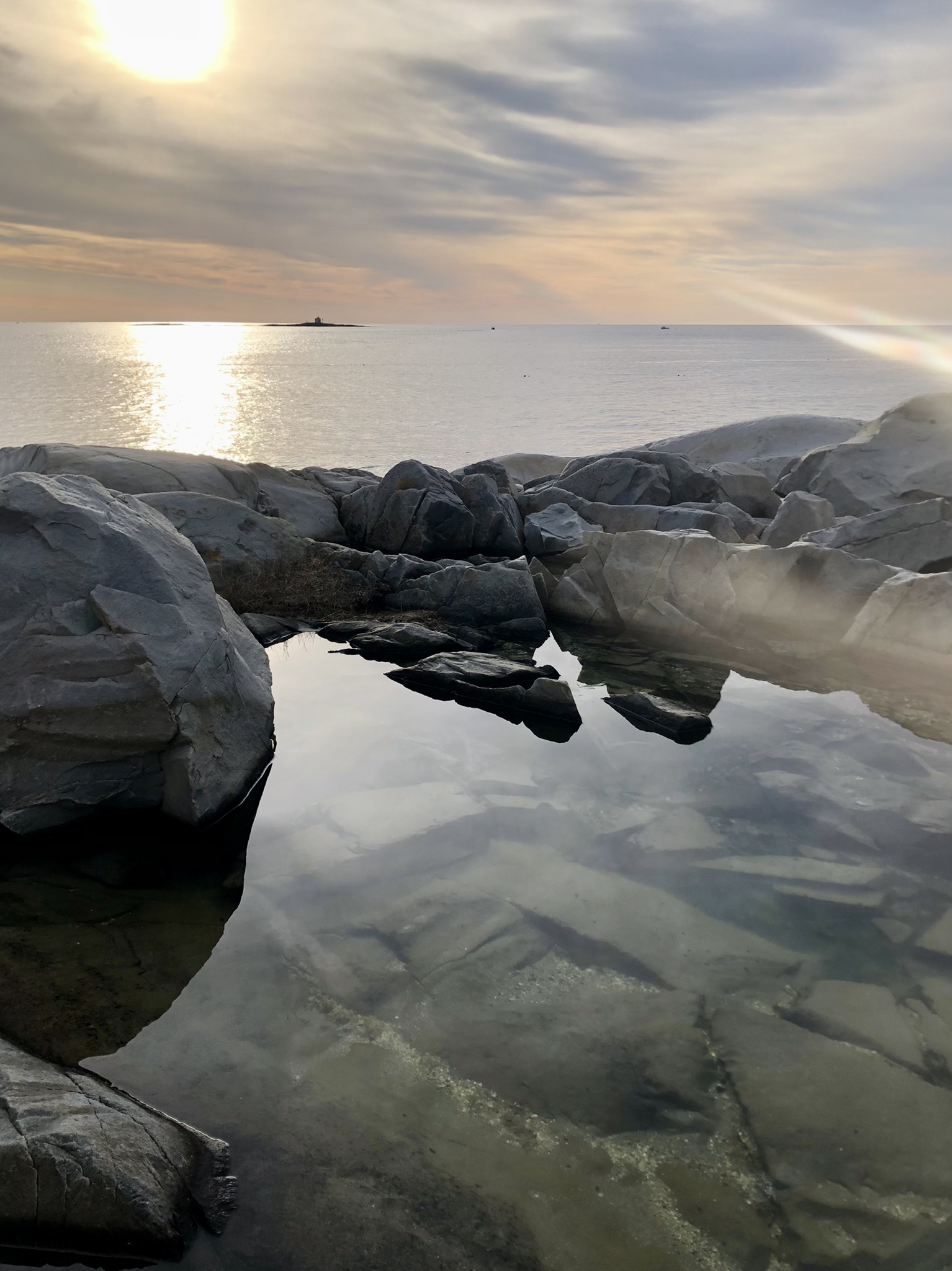

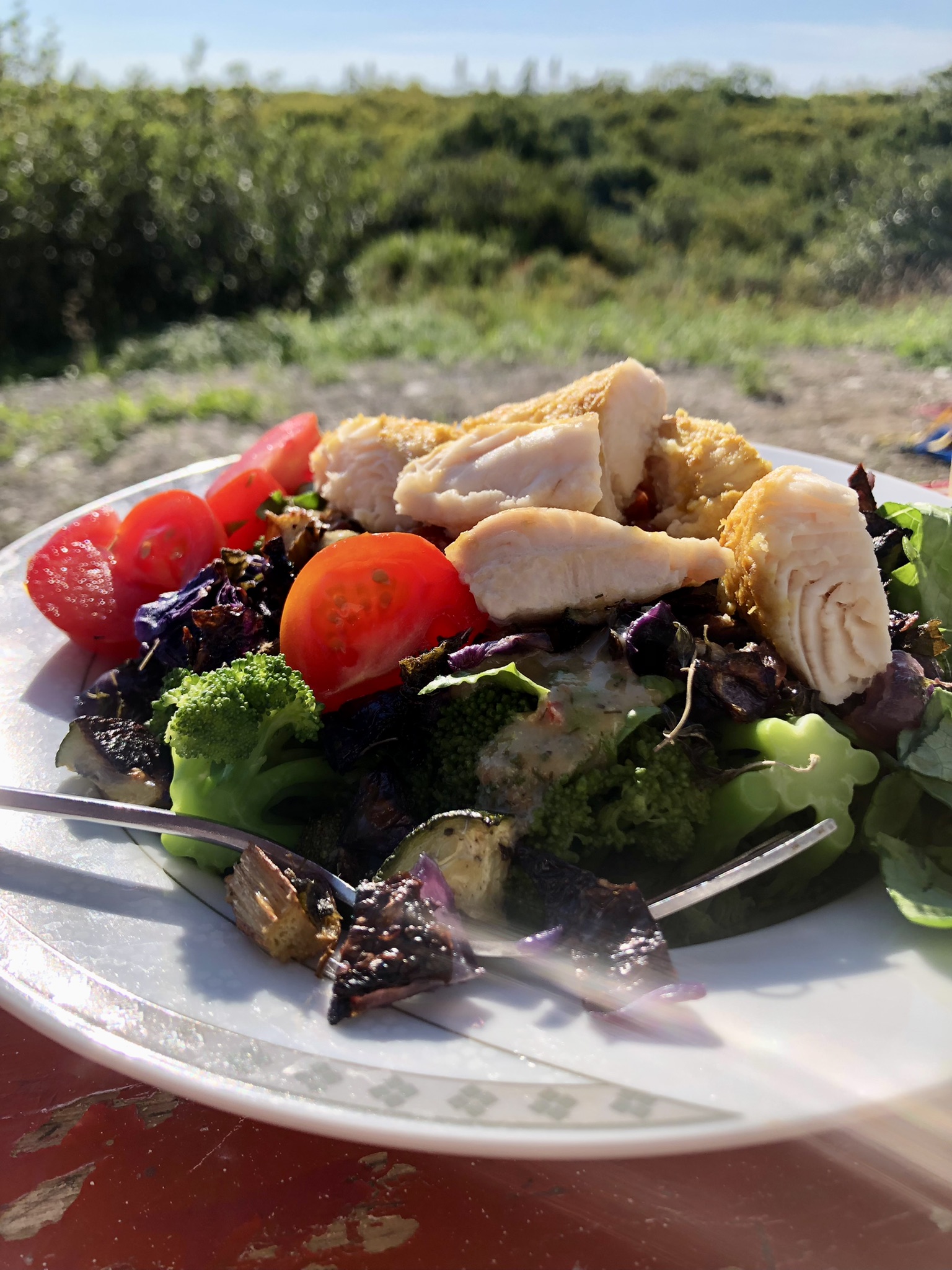
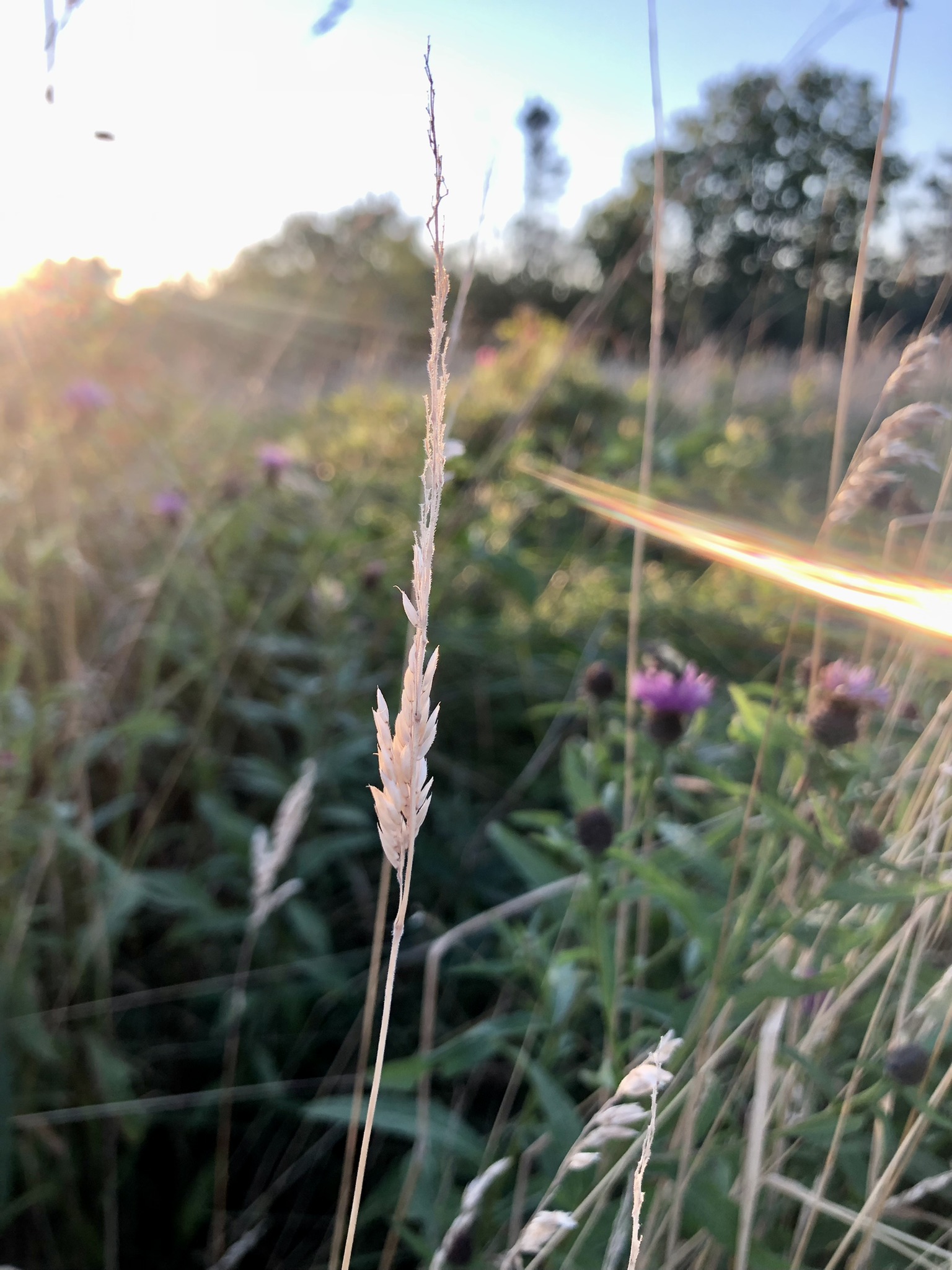
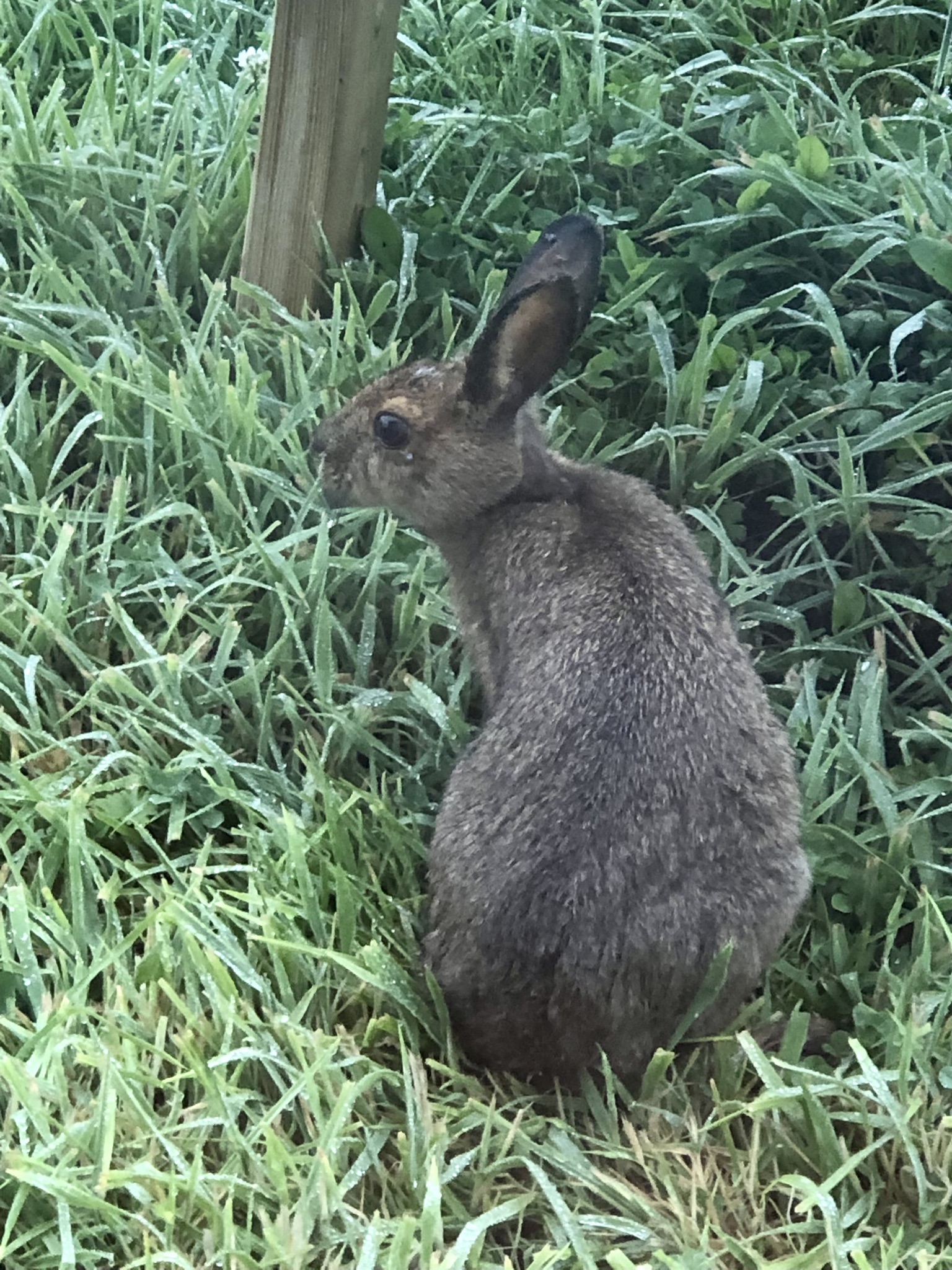

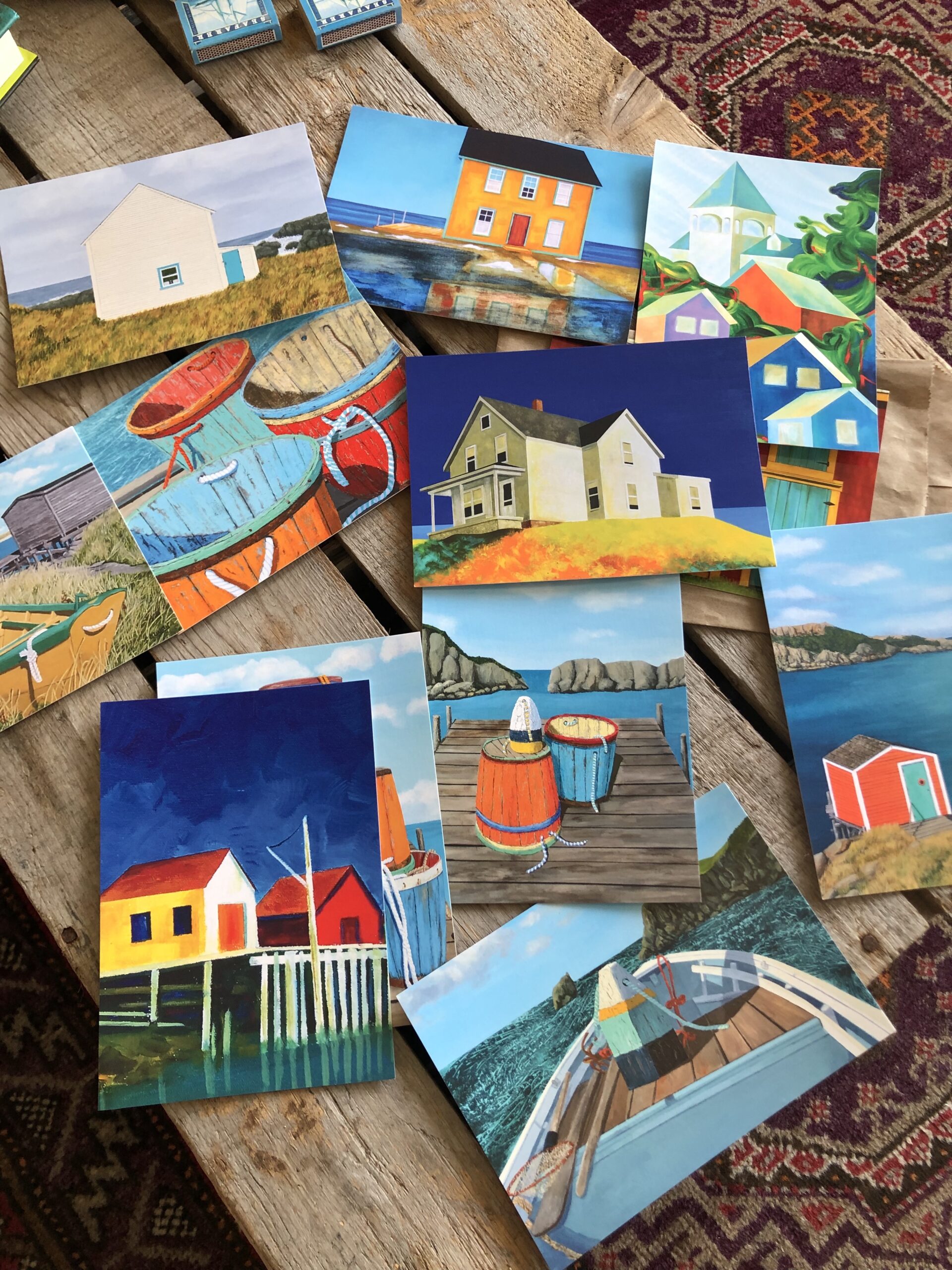

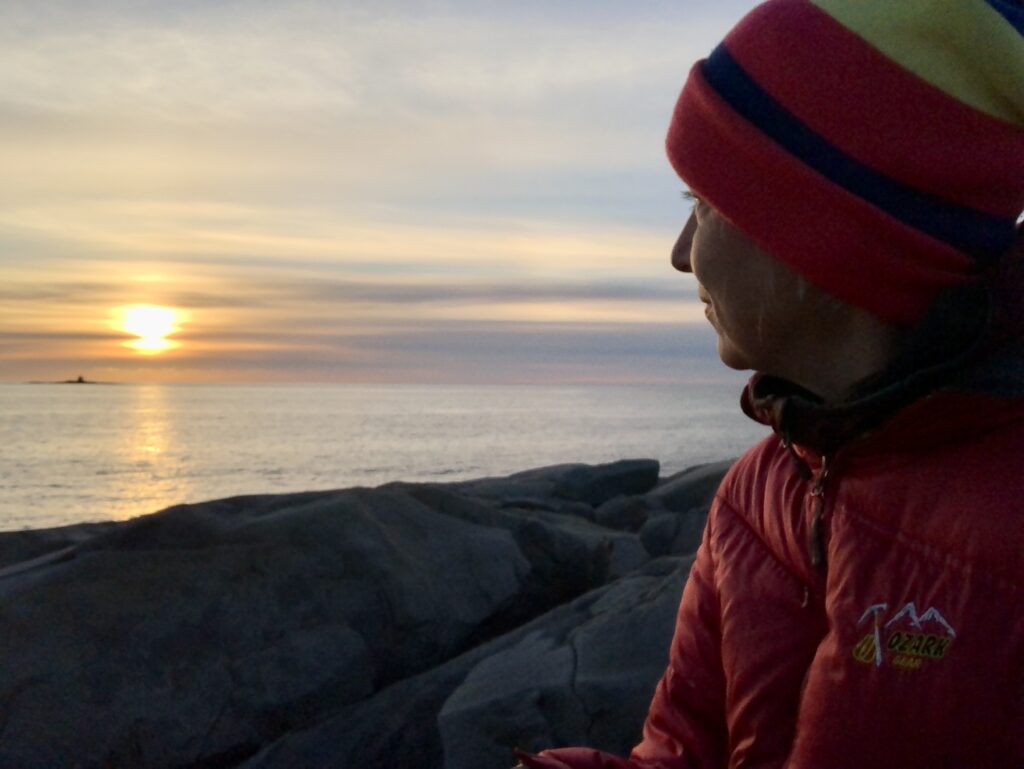
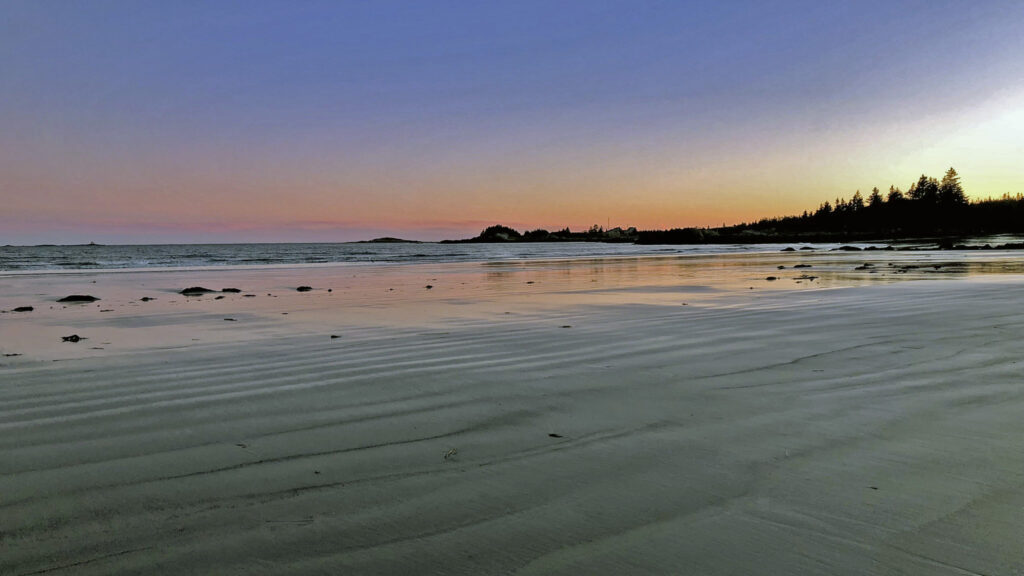
Around Lockeport and the Kespukwitk Region
- Keep an eye on the live webcam of Crescent Beach, just minutes away from our home
- Visit South Shore lists local sites to visit around the South Shore of Nova Scotia
- Learn about Indigenous cultures and places at the Ta’n Weji-sqalia’tiek: Mi’kmaw Place Names Digital Atlas and Web Site
- Tour the many artists’ galleries in the South Shore region
- Camino NS offers guided walking pilgrimages in Nova Scotia, organized by Matthew Anderson; check out his podcast, Pilgrimage Stories From Up and Down the Staircase
- Plan a trip around South and Southwest Nova Scotia using Explore Southwest Nova Scotia‘s trip itinerary or the Family Fun Halifax guide
East Coast Surfing
With its long empty waves and countless hidden breaks, South Shore Nova Scotia is a surfer’s paradise. Check the tides at Luna Ocean and connect with the Surfing Association of Nova Scotia. Bring your own board or rent one at Rossignol Surf Shop.